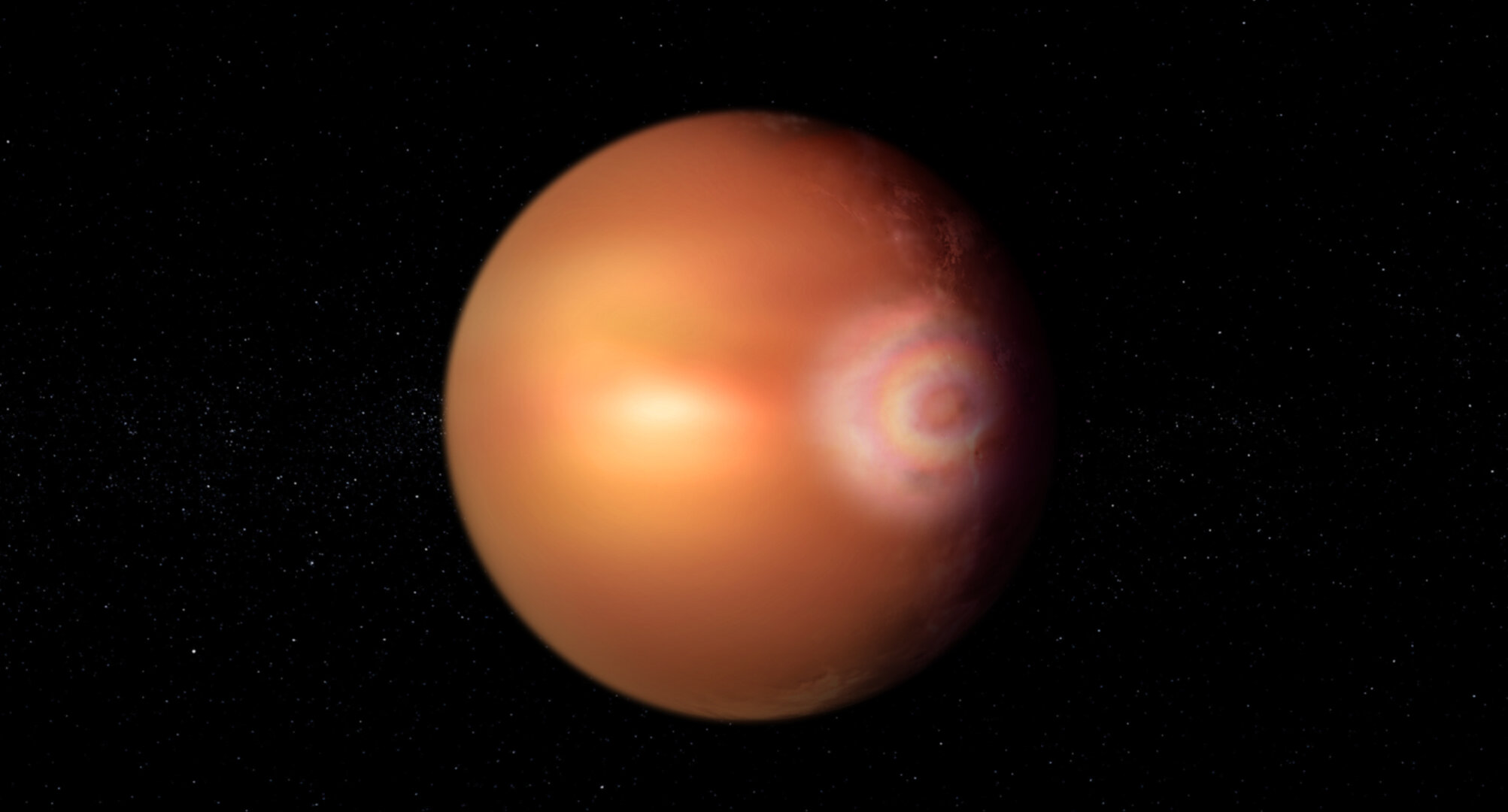Astronomers detect potential signs of rainbow-like 'glory effect' outside our Solar System

Using data from the European Space Agency's sensitive Characterising ExOplanet Satellite (Cheops) and several other missions, astronomers have detected potential signs of the rainbow-like 'glory effect' on an exoplanet (a planet outside our Solar System). If confirmed, it would provide a beautiful tool to understand more about the planet and star that formed it.
Seen often on Earth, the hard-to-see but critical phenomenon has only been found once on Venus by ESA's Venus Express orbiter. For the first time, this glory has been found in the hellish atmosphere of ultra-hot gas giant WASP-76b, 637 light-years away from Earth. The exoplanet was discovered in 2013
"There's a reason no glory has been seen before outside our Solar System – it requires very peculiar conditions," explains Olivier Demangeon, an astronomer at the Instituto de Astrofísica e Ciências do Espaço (Institute of Astrophysics and Space Sciences) in Portugal and lead author of the study.
"Confirmation of the glory effect would mean the presence of clouds made up of perfectly spherical droplets, that have lasted at least three years or are being constantly replenished. For such clouds to persist, the temperature of the atmosphere would also need to be stable over time – a fascinating and detailed insight into what could be going on at WASP-76b," ESA wrote in a spot on Friday.
In addition to Cheops, this study utilized data from NASA's TESS, Hubble and Spitzer, but it was when ESA's Cheops and NASA's TESS worked together that hints of the glory phenomenon began to appear.
🆕 Have astronomers detected the first ever extrasolar ‘glory’? 🌈 Potential signs of the rainbow-like ‘glory effect’ have been detected on a hellish planet outside our Solar System. 🤝 The team used data from @ESA_CHEOPS & other missions 👉 https://t.co/hSQ8XKoEeW pic.twitter.com/wXXQRcUrJN
— ESA Science (@esascience) April 5, 2024










